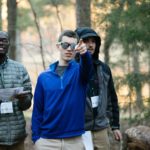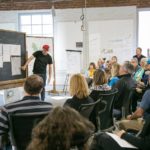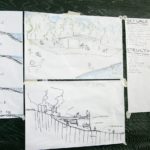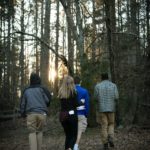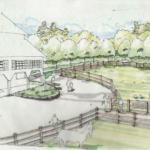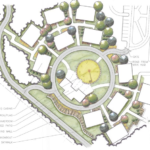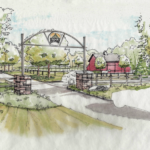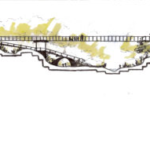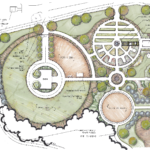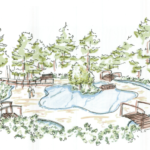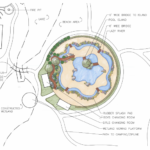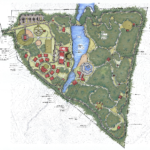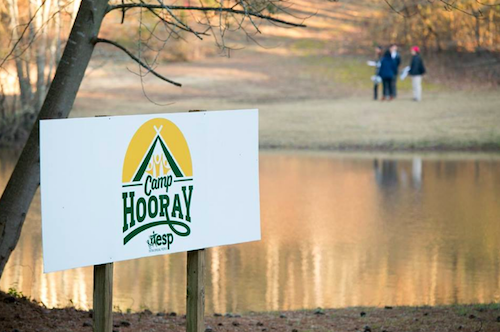 W&A Engineering is proud of its long-time partnership and support for Extra Special People (ESP), a Watkinsville, GA based nonprofit that empowers children with developmental disabilities to cultivate skills, self-confidence, and relationships through recreational therapy, community involvement, and the arts.
W&A Engineering is proud of its long-time partnership and support for Extra Special People (ESP), a Watkinsville, GA based nonprofit that empowers children with developmental disabilities to cultivate skills, self-confidence, and relationships through recreational therapy, community involvement, and the arts.
While we have been able to provide meaningful support through our fundraising efforts and the site design of a new facility for ESP, we recently had the opportunity to donate much more than just dollars, through the facilitation of a multi-disciplinary, semester-long design studio partnership collaborating students from the University of Georgia’s Bachelor of Landscape Architecture program and the Georgia Tech School of Architecture.
With leadership and support from W&A, design studios from both schools worked together to generate a comprehensive summer camp master-plan concept for ESP’s newest location, Camp Hooray, the nation’s first fully-accessible overnight camp for children and young adults with developmental disabilities.
Over the course of a one-semester studio, UGA landscape architecture and Georgia Tech architecture students collaborated to develop sustainable plans for residential cabins, outdoor spaces, and common areas on the 70-acre parcel.
“[This] is a camp where there are no limitations for kids with everyday limitations, a place where kids in wheelchairs can sleep on the top bunk and zip line through the trees. None of these ideas or partnerships would have happened without Jon and his advocacy for ESP.” -Laura Whitaker, ESP Executive Director
Learning from Experience
Though the project has already received significant press, we thought it would be useful here, to share more about our role as the liaison and general overseer of the project, as well as provide further insight to the program itself. Our hope is that other multi-disciplinary civil engineering / surveying / landscape architecture firms and universities can learn from, and be inspired by, our experiences, and work together with other nonprofits by adapting this model to their own needs.
“This is the first time the State’s two flagship universities have worked together at this level, with classes for an entire semester focused on a project that will be good not only for ESP and our communities but for the State as a whole. I could not be more proud of our company and of our team of employees for jumping in and embracing this project.” -Jon Williams
Our Role as a Liaison between Institutions
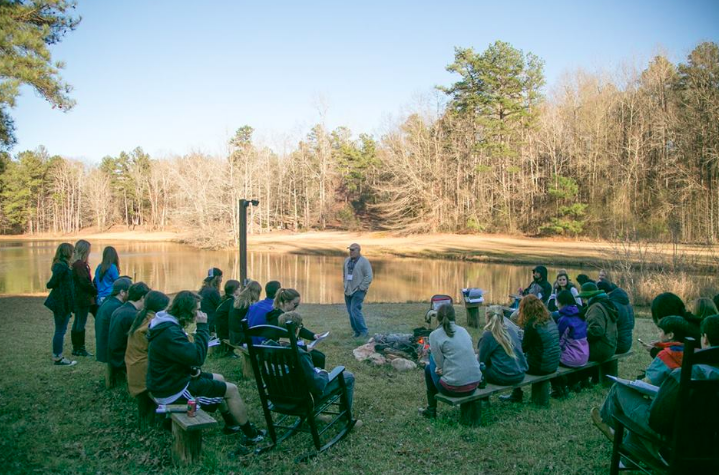 W&A Engineering acted initially as a liaison to bring the Camp Hooray project and Extra Special People (ESP) to the University of Georgia’s College of Environmental Design. But soon thereafter, the Deans of both UGA’s College of Environmental Design and Georgia Tech’s School of Architecture got in touch to team up on the project, building upon the initial groundwork for this exciting collaboration.
W&A Engineering acted initially as a liaison to bring the Camp Hooray project and Extra Special People (ESP) to the University of Georgia’s College of Environmental Design. But soon thereafter, the Deans of both UGA’s College of Environmental Design and Georgia Tech’s School of Architecture got in touch to team up on the project, building upon the initial groundwork for this exciting collaboration.
With ESP, UGA, and GA Tech all on-board for the Camp Hooray project, W&A offered support to the process by providing base map information (site boundary, topo information, utilities, survey & aerial imagery), and program information (elements needed on site) to the design studios. Experts from W&A were also present at many of the plan review sessions to offer professional guidance and critique the developing work.
Our Approach to Working with Students
W&A Engineering felt it was extremely important to allow the students to express themselves creatively during this planning process. We attempted to strike a balance, limiting our role to offering real word guidance while also diligently working to avoid inhibiting the students creative “out of the box” ideas. This approach proved to be ultimately rewarding — for the students, our team, and ESP.
Adapting a Collaborative Design Process to Special Needs
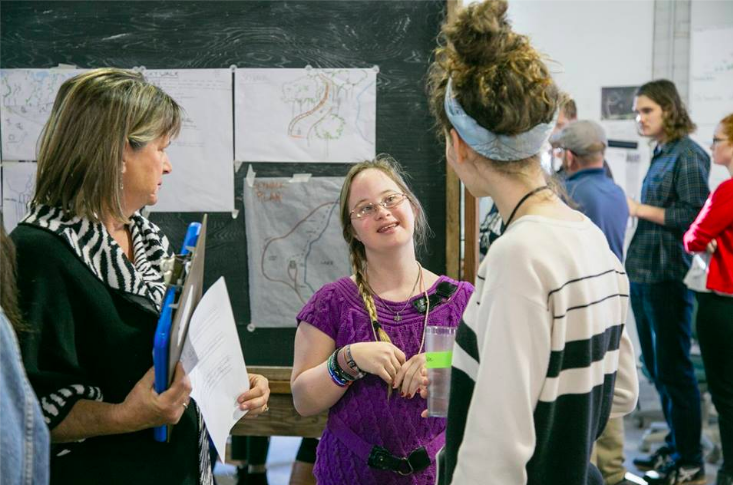 The students’ design process started out with a charrette to establish scope, goals, program needs, and generate an initial set of design problems and solutions. The charrette provided students with an intensive 3 day period of design, with time split between the Camp Hooray site and the UGA design studio, where they collaborated with stakeholders and one-another to generate and develop ideas for the project.
The students’ design process started out with a charrette to establish scope, goals, program needs, and generate an initial set of design problems and solutions. The charrette provided students with an intensive 3 day period of design, with time split between the Camp Hooray site and the UGA design studio, where they collaborated with stakeholders and one-another to generate and develop ideas for the project.
Often in the design profession, getting “into the shoes” of the end user can be a very valuable exercise. Concept design sessions are utilized by private practices as well, although the duration and participation are generally far smaller in scale.
In an exercise to better understand the many different types of challenges a camper with limited abilities might face, students were placed into groups and assigned simulated limitations in function such as mobility, sight, hearing, etc.
While temporarily impaired, the students were then sent out across the site to document their experiences. These temporary limitations helped the students to process the environment more acutely, and to gain a better understanding of how an actual user of the camp might experience the site. Ultimately, this portion of the charrette helped the students gain a truer perspective of potential camper needs and issues, contributing valuable information to help guide their designs.
“Our dream home, and future dream camp would not be even close to reality without the courage that was brought to the table by the W&A team. It takes a thoughtful group of community members to speak up for kids who cannot speak up for themselves. It has been my honor to watch the group of employees at W&A Engineering lead by their caring leader, Jon Williams, speak up, advocate, and pull out the red carpet for kids of all abilities.” – Laura Whitaker, ESP Executive Director
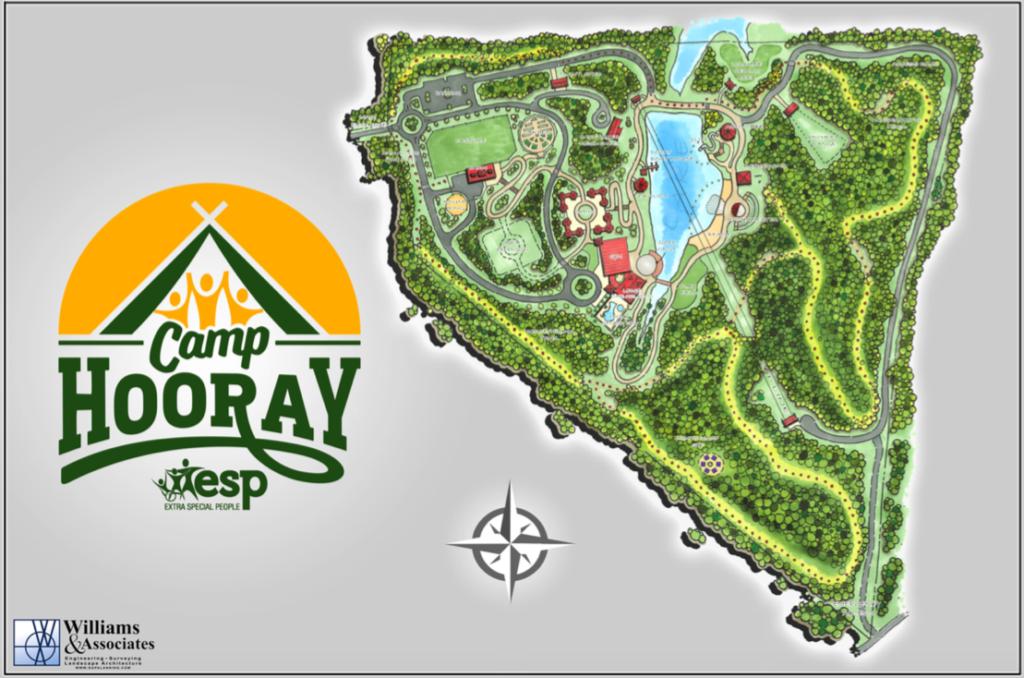
Hooray! 5 Tips for a Successful Public-Private Partnership between Academics & Business
Plan in Advance
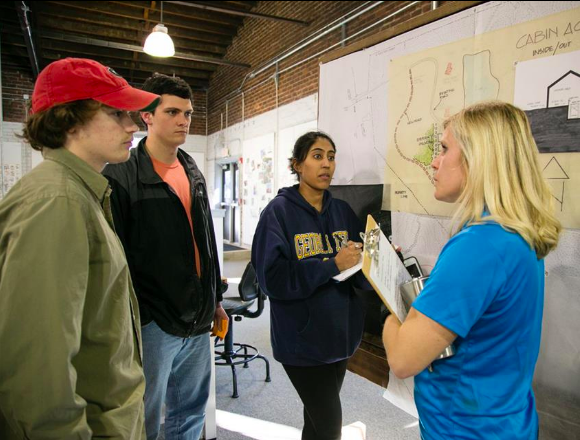 Building a course curriculum for a semester design studio takes time. This is even more so when it involves multi-disciplinary collaboration. Quite often, time will be a luxury that your client cannot afford – especially considering that the finished deliverables will already be a semester away from completion. The more time that can be afforded for planning, the better the chances will be for generating useful results. We would recommend that planning be started at least a full semester in advance if not more.
Building a course curriculum for a semester design studio takes time. This is even more so when it involves multi-disciplinary collaboration. Quite often, time will be a luxury that your client cannot afford – especially considering that the finished deliverables will already be a semester away from completion. The more time that can be afforded for planning, the better the chances will be for generating useful results. We would recommend that planning be started at least a full semester in advance if not more.
Identify the Objectives
One of the greatest benefits of engaging with student designers is that they are still unbound by the constructs of real world practice. This is also one of the biggest challenges. Defining the balance between imagination and reality is something that should be conveyed early on in the process. It’s alright to have heads in the clouds as long as there is still at least one foot on the ground. Letting the students know that you need creative but realistic ideas is important. It’s also important to convey to your client that many of the ideas generated in this process may not be instantly implementable but that there will be takeaways from those ideas that can be built upon. A good analogy can be seen in the automotive industry where manufacturers produce futuristic concept cars. Although the majority of those offerings are not ready for the general public, many of the details and ideas stemming from those concepts will end up influencing the design of the new models.
Establish a Framework for the Process
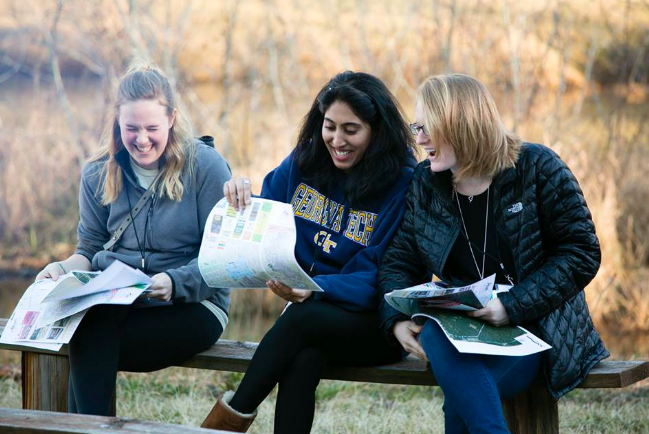 Establishing a framework for the process is critical if you want to keep things on track. This includes setting a schedule for stakeholder reviews, establishing a list of deliverable goals, defining the points of contact to keep information consistent and defining the roles between the various disciplines. Often times the work from one discipline will be the grounds for design for another, so the timing of work completion is critical. As part of the framework, we highly suggest that the various studios share a common class schedule. This will facilitate communication and help production. After all of this, it is still important to remember that even within the best framework, flexibility will be needed to deal with the unexpected.
Establishing a framework for the process is critical if you want to keep things on track. This includes setting a schedule for stakeholder reviews, establishing a list of deliverable goals, defining the points of contact to keep information consistent and defining the roles between the various disciplines. Often times the work from one discipline will be the grounds for design for another, so the timing of work completion is critical. As part of the framework, we highly suggest that the various studios share a common class schedule. This will facilitate communication and help production. After all of this, it is still important to remember that even within the best framework, flexibility will be needed to deal with the unexpected.
Work with Third Parties
When dealing with multiple disciplines and even multiple institutions, it a good idea to identify a third party that can help with the logistical aspects of the experience. In the case of this project, we were able to lean on UGA’s department for Public Service and Outreach. This freed up the course leaders to focus on instruction and less on logistics between the two studios. It also provided a semi-neutral voice to help with decision making between the two primary studios.
Be Involved
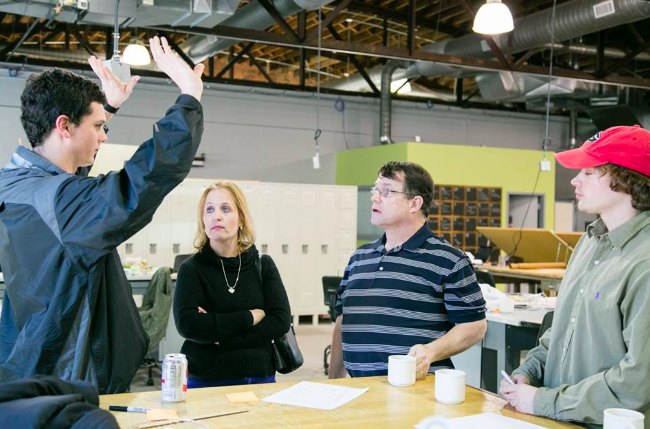 As a design professional, interaction with the students can be extremely valuable for their growth as designers. It is also extremely valuable for the trajectory of the deliverable. It is important not to stifle the student’s unbridled creativity which is a central value of the process, but rather, help them question how an idea might be implemented. It is also important to not spoil the process. It is quite likely that as a design professional, you may have already worked out solutions to the design problem. Tipping your hat to these solutions may only get you to where you already are.
As a design professional, interaction with the students can be extremely valuable for their growth as designers. It is also extremely valuable for the trajectory of the deliverable. It is important not to stifle the student’s unbridled creativity which is a central value of the process, but rather, help them question how an idea might be implemented. It is also important to not spoil the process. It is quite likely that as a design professional, you may have already worked out solutions to the design problem. Tipping your hat to these solutions may only get you to where you already are.
Questions or Assistance?
If you have questions about Camp Hooray, or need assistance facilitating a collaborative effort in your own community, please let us know how we can help!
In the meantime, we hope you’ll enjoy checking out some of the students’ plans for Camp Hooray:
